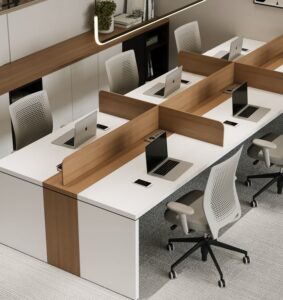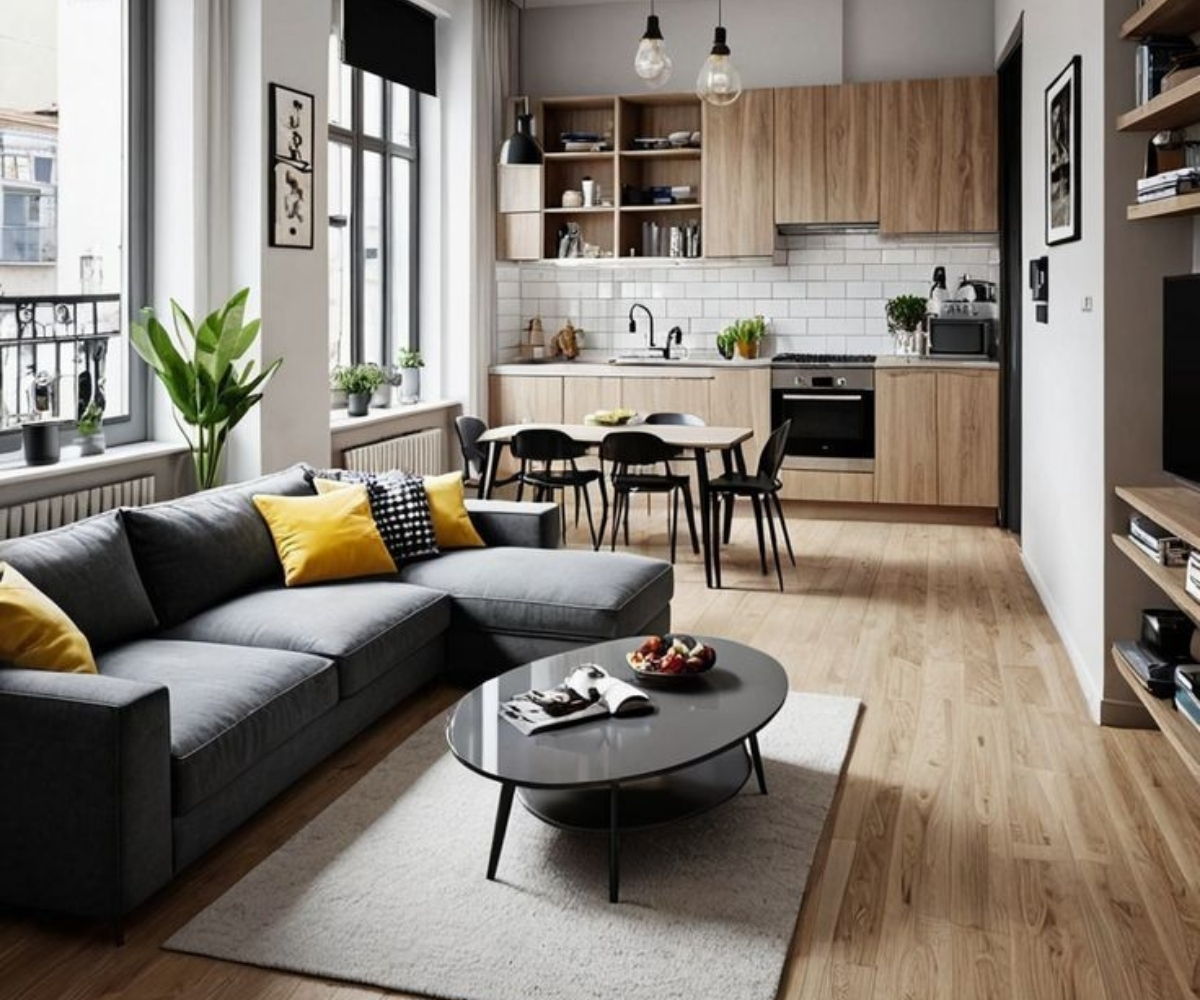Creating an Office Space That Mirrors Your Brand Identity
A well-designed workspace does more than just house employees—it embodies your company’s values and culture. It should be functional, engaging, and inspiring, with aesthetics that enhance productivity and well-being.
An office doesn’t have to stick to neutral tones and basic furniture. Instead, think of it as a blank canvas where your company’s story and ethos can shine. Below are key strategies to help create an office space that aligns with your brand identity and energizes everyone who enters.

Define Your Brand’s Core Values
Before diving into design decisions, identify and list the core principles that define your brand. These values should guide every design choice, from furniture and layout to color palette and wall art.
Create spaces that serve as constant reminders of what your company stands for. Incorporate motivational artwork, quotes, and thoughtful design elements that speak to your mission and purpose.
Strategize the Office Layout
A well-planned layout goes a long way in supporting company culture. Open layouts encourage collaboration, while designated zones for focus, relaxation, or informal meetings promote productivity and creativity.
Involve employees in the planning process to ensure the design suits the needs of different departments and working styles. The layout should also accommodate future growth and evolving workflows.
Select Furniture That Reflects Brand Personality
The choice of furniture should align with the mood and values of your company. Sleek, minimalist desks and ergonomic chairs convey modern professionalism. In contrast, natural wood tones, greenery, or cozy seating areas reflect a more grounded, wellness-focused environment.
Consider the durability, comfort, and style of the furniture, keeping both employee satisfaction and brand representation in mind.

Use Color with Purpose
Colors have a psychological impact and should be chosen based on the kind of energy you want to cultivate. Blue evokes calm and focus, red promotes energy and action, while green represents balance and renewal.
Ideally, your workspace colors should reflect the same tones used in your branding to maintain visual consistency across physical and digital platforms.
Prioritize User Experience in Design
Beyond appearance, think about how people will feel in your office. Small kitchenettes, wellness rooms, or lounge areas can dramatically improve the work environment and leave a lasting impression on clients and visitors.
Your physical space should express the same professionalism, innovation, or creativity found in your company’s services or products.
Tell Your Brand Story Visually
Bring your brand to life by displaying visuals that tell your story. Consider wall graphics, photo timelines, or murals that showcase the company’s journey, milestones, and values.
Inspirational quotes, framed statements, or even hand-painted words can reinforce the company’s mission. Position them at eye level to create instant impact and connection.

Conclusion
Creating an office space that reflects your brand is a strategic decision that combines design, purpose, and storytelling. Every choice—from the layout and color to furniture and artwork—should reflect who you are as a company.
When thoughtfully executed, your office becomes more than just a workplace; it becomes a space that speaks your brand language, motivates your team, and leaves a lasting impression on every visitor.





